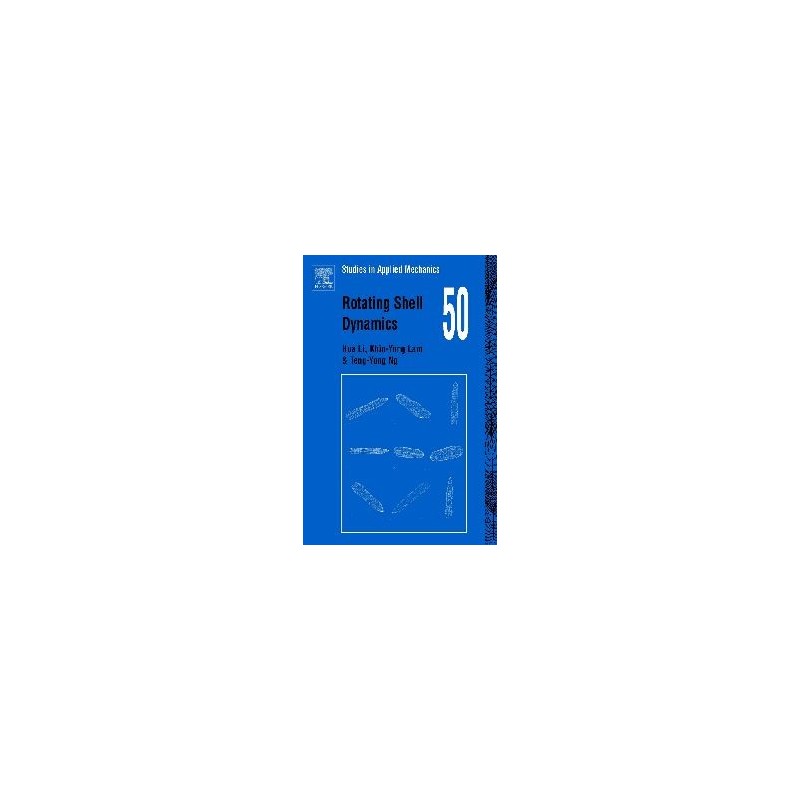- Out-of-Stock



The MAXimator is an entry-level evaluation board with modern Altera MAX10 FPGA. The board can interface to external peripheral modules via Arduino Uno Rev 3 connectors. It also features HDMI+CEC+DCC and VGA interfaces
No product available!
No product available!
No product available!
No product available!
No product available!
No product available!
No product available!
No product available!
No product available!
No product available!
A module with a color and gesture sensor based on the APDS-9960 chip. It can detect simple hand gestures, RGB colors and measure ambient light. DFRobot SEN0187
No product available!
Graphic LCD 128x64, 75x52.8mm, FFSTN negative (white), KS108 controller, high contrast
No product available!
No product available!
No product available!
No product available!
No product available!

